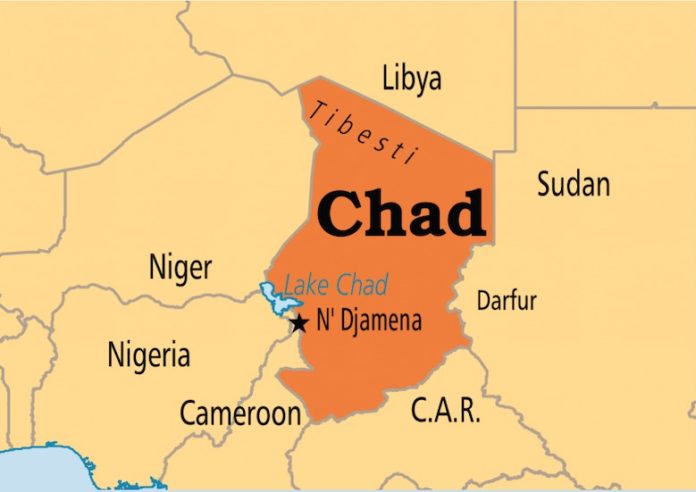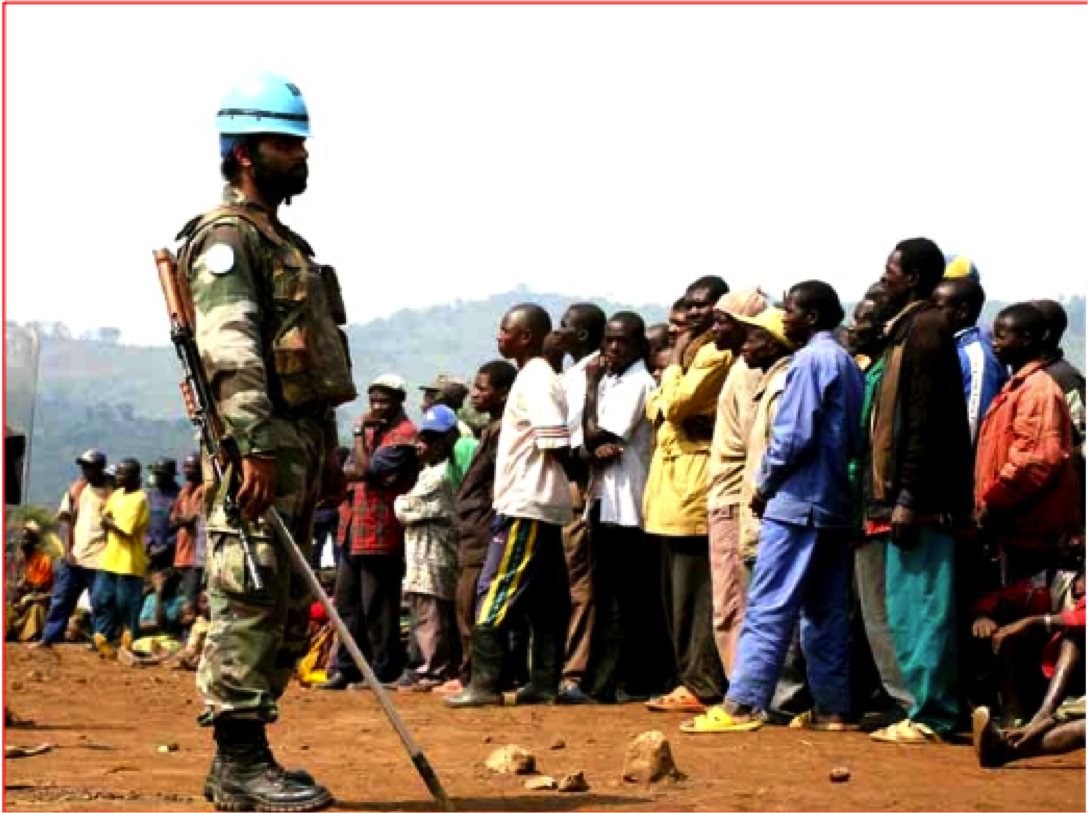N’Djamena – An estimated 363,807 persons are currently displaced in parts of the African nation of Chad’s zone bordering Cameroon, Nigeria and Niger. That’s over half of the population of Chad’s Lac Province now considered displaced, according to new figures from the International Organization for Migration (IOM).
IOM’s Displacement Tracking Matrix (DTM) – a tool for measuring human activity in emergency or crisis situations – cites structural instability caused by the protracted insurgency and rapidly degrading climate and environmental conditions, as factors in a surge of this latest displacement dashboard.
These new figures reflect a 22 percent increase in the number of displaced persons compared to the previous dashboard in April 2020, and the highest number recorded since IOM has been implementing the Displacement Tracking Matrix in the Lake Region.
Amidst the COVID-19 pandemic, Chad’s Lake region is facing a double security and environmental crisis.
Amidst the COVID-19 pandemic, Chad’s Lake region is facing a double security and environmental crisis. Since 2015, the region has been the target of repeated attacks by non-state armed groups conducting an insurgency in the Lake Chad Basin (Cameroon, Chad, Niger, Nigeria), which have forced millions of people across the four countries to flee their homes.
Since the beginning of the year, the security attacks and incursions by non-state armed groups have become recurrent, prompting the Chadian Government to declare in March 2020 the departments of Fouli and Kaya, two of Lake Chad’s borderlands departments “war zones”.
“This year, the Lake Region has recorded the highest rainfall in nearly 30 years,” says Mouftah Mohamed, IOM Head of sub-office at Bagasola in the Lake province. “According to the food security cluster, we are at 400mm of rainfall and the rain continues. That is why we are witnessing the flash flooding of villages and fields which leaves thousands of persons displaced.”
The volatile security situation, combined with flash flooding caused by heavy rainfall, has upended the lives of hundreds of thousands of people, forcing them to leave their villages and communities.
Between 8 and 16 August 2020, 11,764 persons were displaced in Fouli, Kaya and Mamdi in the Lake Region, one of the highest numbers ever recorded by IOM in such a short period. Among them, 36 percent were displaced as a result of floods and 64 percent due to the worsening of the security situation.
“This is a worrying trend as displacement has not only become recurrent, but also large in numbers and protracted due to the deterioration of security and environmental situations,”, said Anne Kathrin Schaefer, IOM Chad Chief of Mission.
In addition to displacement tracking which is key to understanding the scale of displacement in the region, IOM provides emergency humanitarian assistance to vulnerable populations including more than 2,500 transitory and semi-permanent shelters to nearly 13,000 persons, and more than 2,700 non-food items including hygiene kits, sleeping mats, clothes and basic cooking equipment for over 14,000 persons in the Lake Region.
Besides meeting household needs, IOM also is engaged in a range of peacebuilding, community stabilization and recovery activities. These include youth capacity-building, the distribution of farming tools and seeds, and the roll-out of income-generating activities to strengthen the socio-economic resilience of displaced populations and their host communities in the face of security and climate shocks.
Even more needs to be done, especially for families now being forced to face the heavy rainfall without proper housing.
“Seventy-five percent of the displaced persons IOM identified live in displacement sites, most of which are made of straw and metal shelters. Many of them sleep in the open without adequate protection from bad weather, with limited access to amenities such as water, hygiene installations, health services and COVID-19 protective equipment,” says Yakin Mwanza, DTM Coordinator at IOM Chad:
As a result of regional instability, mobility in the Lake Region is characterized by different patterns including internal displacement, the return of Chadian nationals from abroad, and mobility by third-country nationals such as fishermen from neighboring countries seeking refuge from attacks.
“It is crucial that we scale up development interventions to strengthen resilience in the region, and help populations and communities recover better and as quickly as possible,” says Schaefer.











